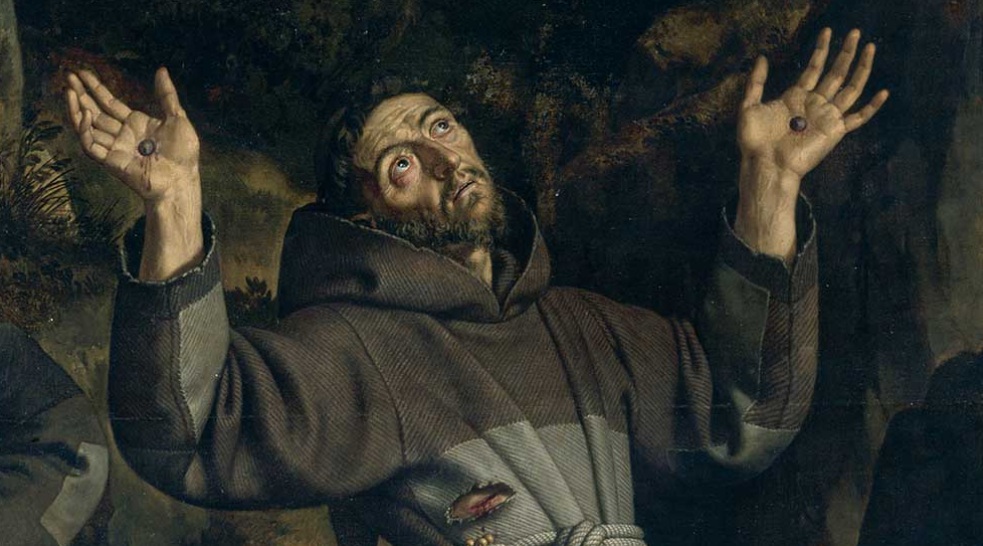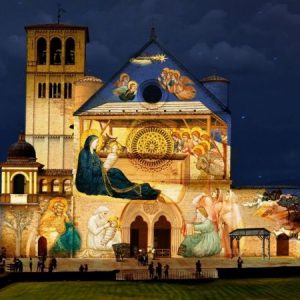On 4 October 1226, St Francis of Assisi died in the Umbrian town where he was born, leaving behind a legacy that has shaped Christianity and Italian culture for eight centuries. Today he is Italy’s patron saint. He is also recognised as one of the most influential religious figures of the Middle Ages.
Francis, born Giovanni di Pietro di Bernardone in 1181 or 1182, was the son of a wealthy cloth merchant. His youth was marked by privilege. However, war and illness changed him profoundly. Captured in battle and held prisoner, he experienced a period of reflection that turned him away from wealth.
In his twenties, Francis famously renounced his inheritance, stripping himself of fine clothes before the Bishop of Assisi. He embraced poverty, dedicating his life to service and humility. This dramatic act marked the beginning of his mission.
Francis’s preaching attracted followers who shared his vision of a simple life rooted in compassion, charity, and closeness to nature. In 1209, he gained papal approval for his new community, the Order of Friars Minor, known as the Franciscans. Their vows of poverty and itinerant lifestyle quickly set them apart, and within a decade the order had spread across Europe.
St Clare of Assisi, one of his first followers, founded the female branch of the movement, now known as the Poor Clares.
Love of the natural world
Francis’s love of the natural world became central to his spirituality. His Canticle of the Creatures, written in Umbrian dialect praises the sun, moon, and elements as brothers and sisters, reflecting his vision of harmony with creation.
He also played a remarkable role in interfaith dialogue. In 1219, during the Fifth Crusade, Francis travelled to Egypt and met Sultan al-Kamil. Their respectful encounter remains a symbol of peace and understanding across cultures.
In 1224, two years before his death, St Francis of Assisi is said to have received the stigmata, the wounds of Christ, further deepening his image as a saintly figure.
Canonised in 1228, Francis’s cult grew quickly, and his Basilica in Assisi became a major centre of pilgrimage. In 1979, Pope John Paul II declared him patron saint of ecology, underlining his timeless message of care for creation.
From 2026, 4th October will again be recognised as a national holiday in Italy.





